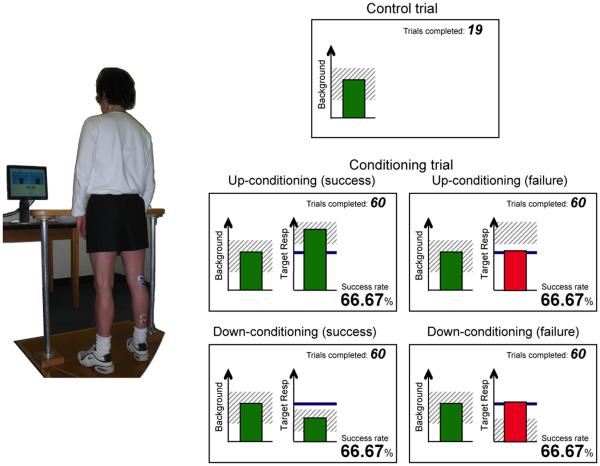Figure 2. Soleus H-reflex conditioning in human subjects.
Left: the subject maintains a natural standing posture and maintains the soleus (target muscle) background EMG activity in the range that is displayed on the computer screen.
Right: Feedback screens. When the background EMG has remained within the pre-set (shaded) range for >2 s, the reflex is elicited. During the control trials, there is no feedback on the reflex (target response) size. During the conditioning trials, feedback on the reflex size is shown on the right half of the screen. The heavy horizontal line indicates the subject's average reflex size for the baseline sessions. The graph also has a shaded area indicating the range of reflex sizes that satisfies the reward criterion. A bar showing reflex size for that trial appears 200 ms after the stimulus. The bar is green if its height is within the shaded area (i.e., if reflex size satisfied the reward criterion), and the trial is counted as a success. If the height of the bar exceeds this range, the bar is red and the trial is counted as a failure. The reward criterion is based on the reflexes of the previous block of trials. In each conditioning session, the criterion value for the first block of 75 conditioning trials is based on the immediately preceding 20 control reflexes. The criterion values for the second and third conditioning blocks are based on the reflexes of the immediately preceding block. [Adapted from (Thompson et al., 2009a)]

